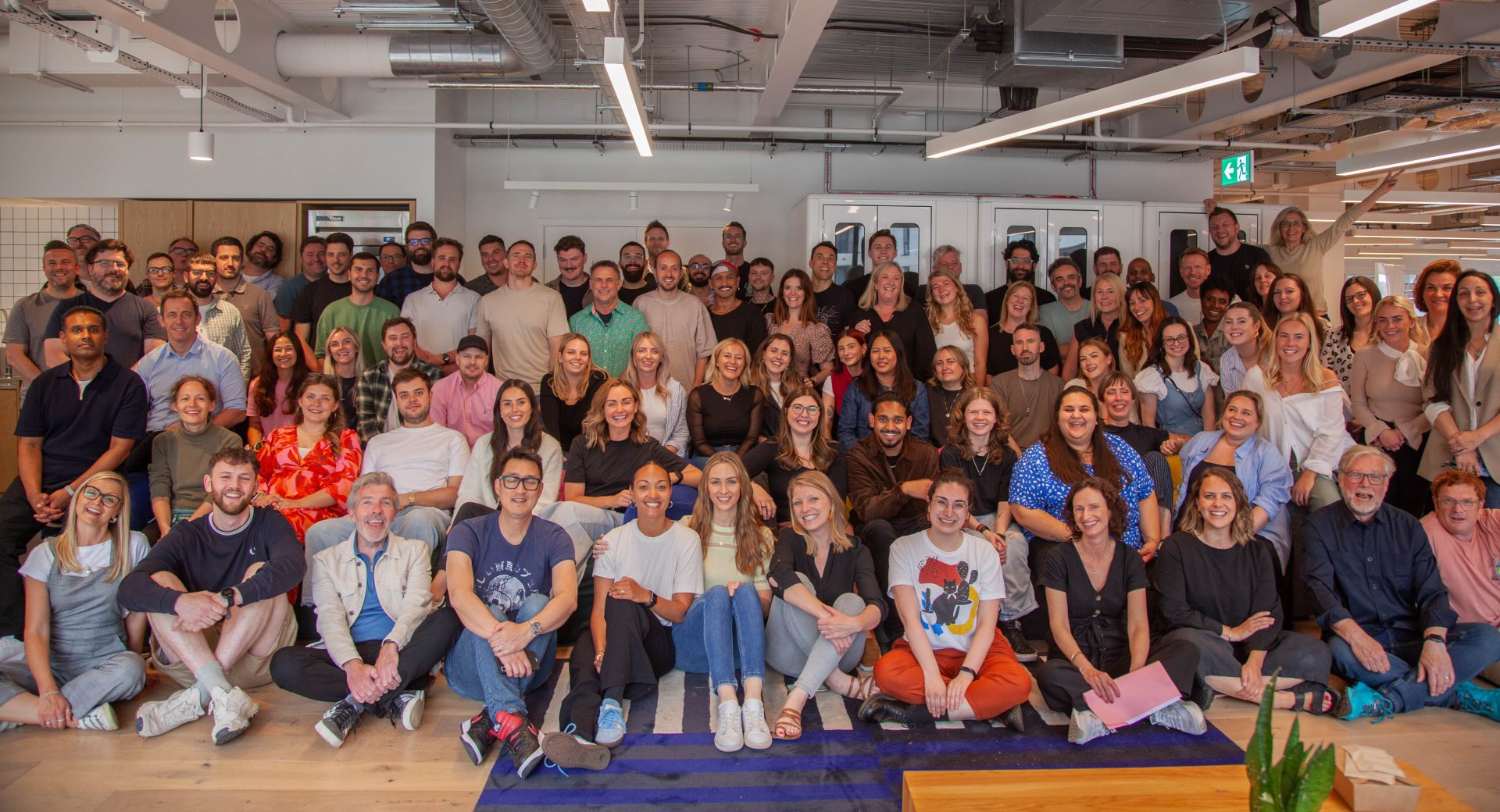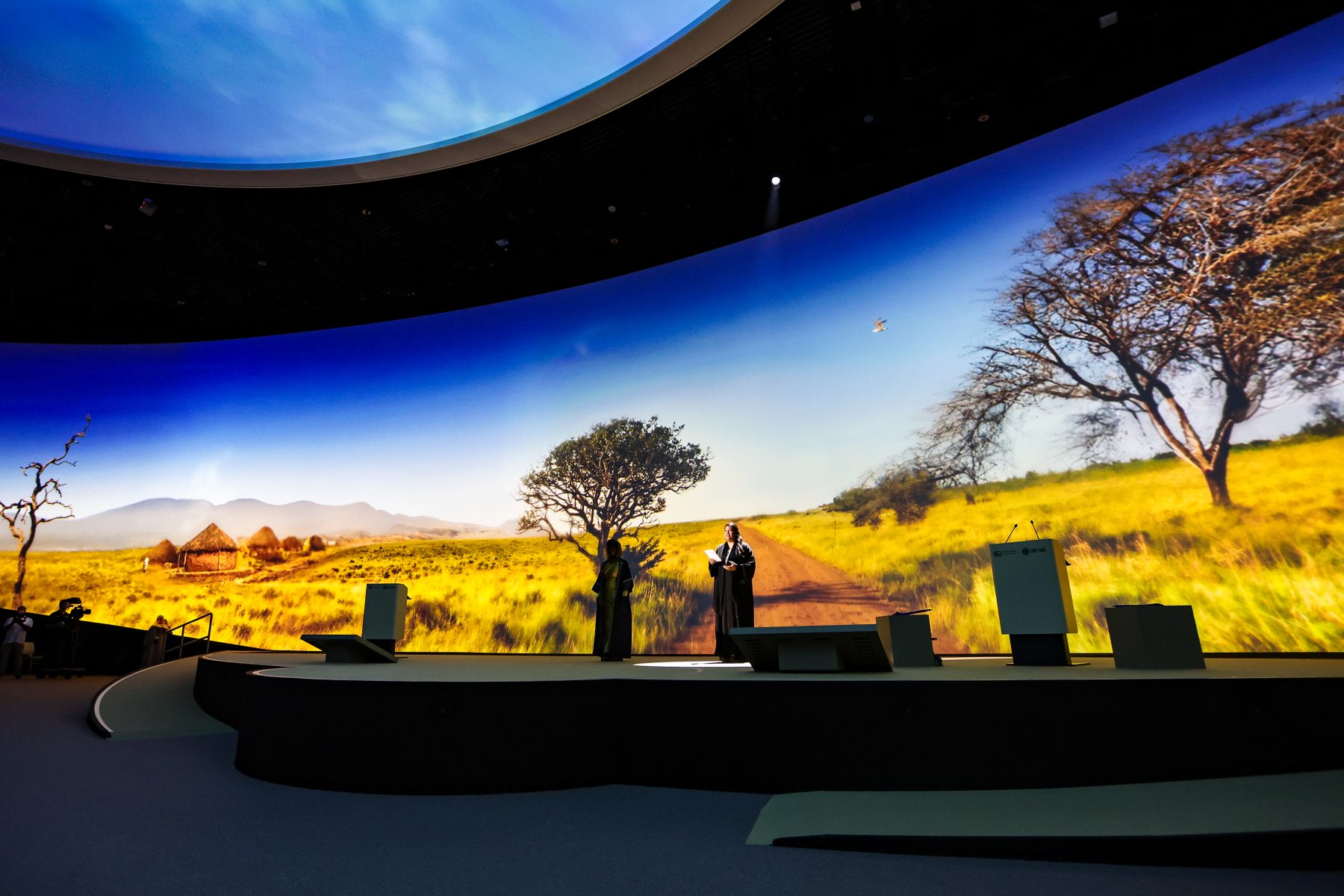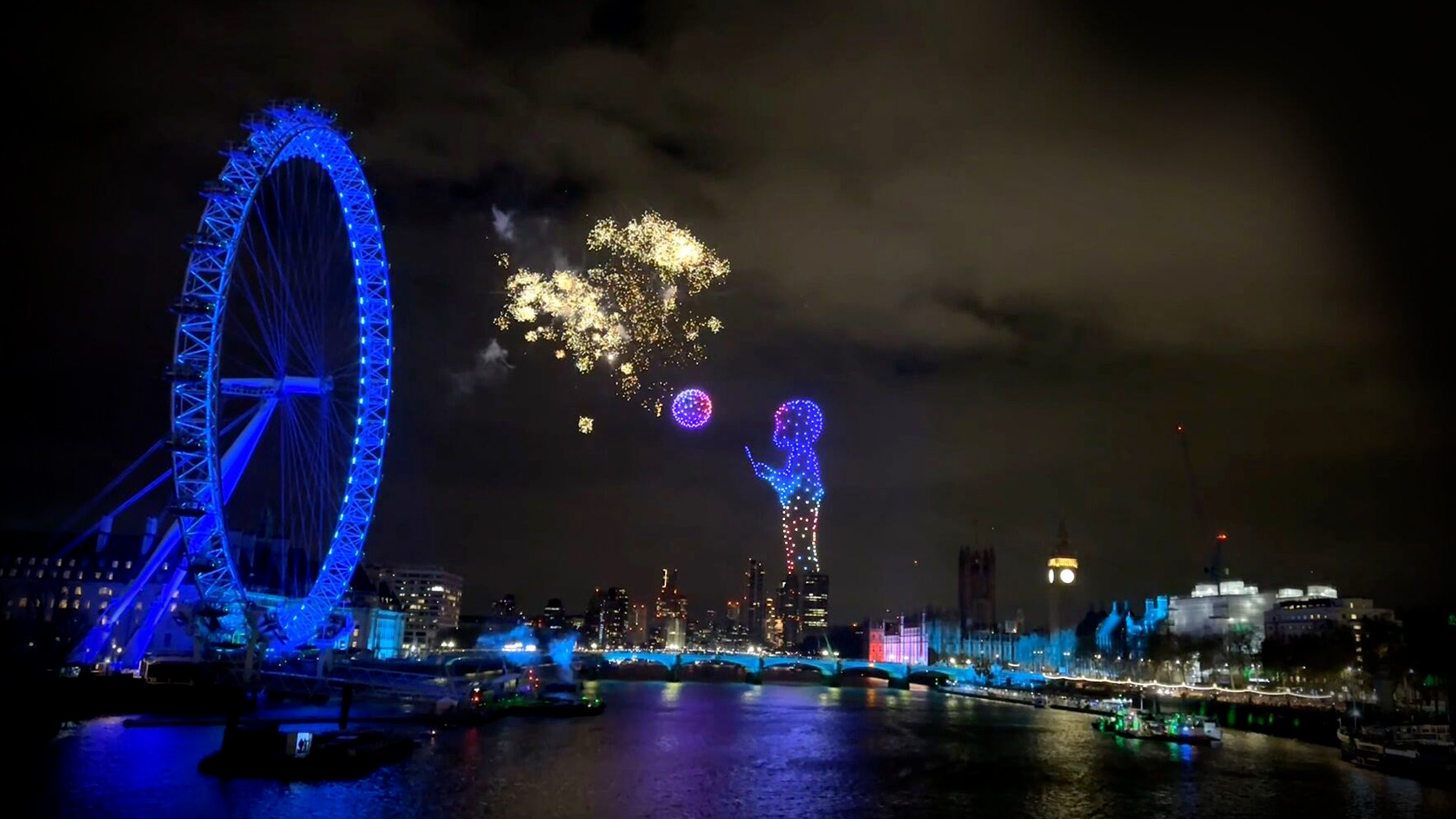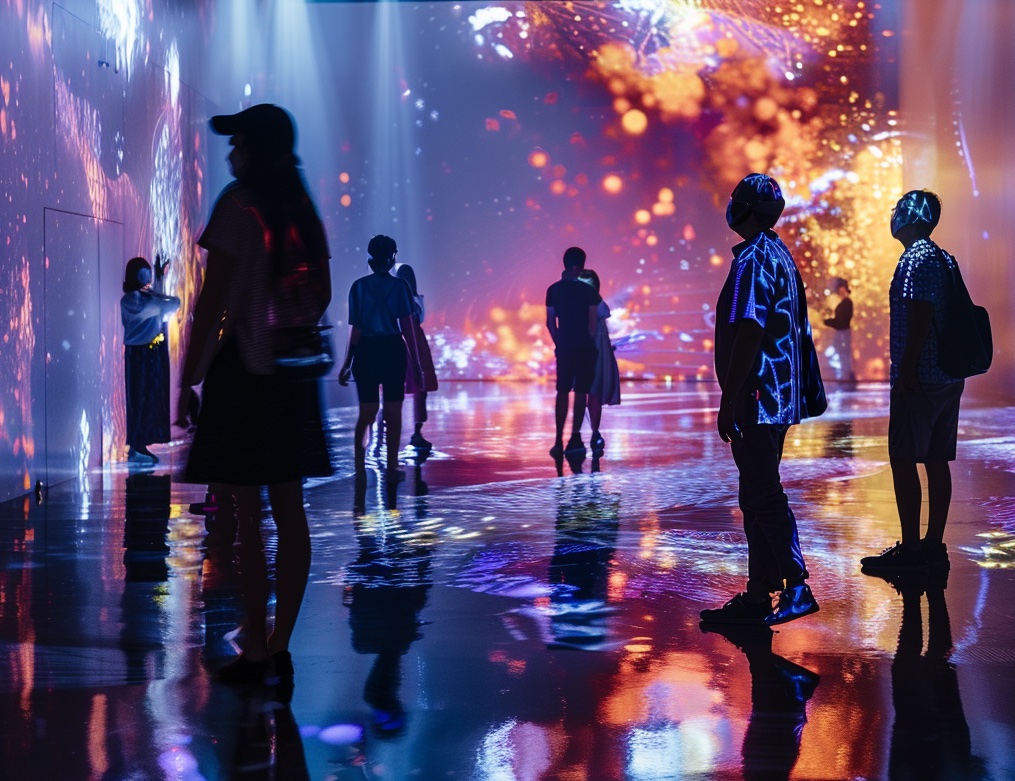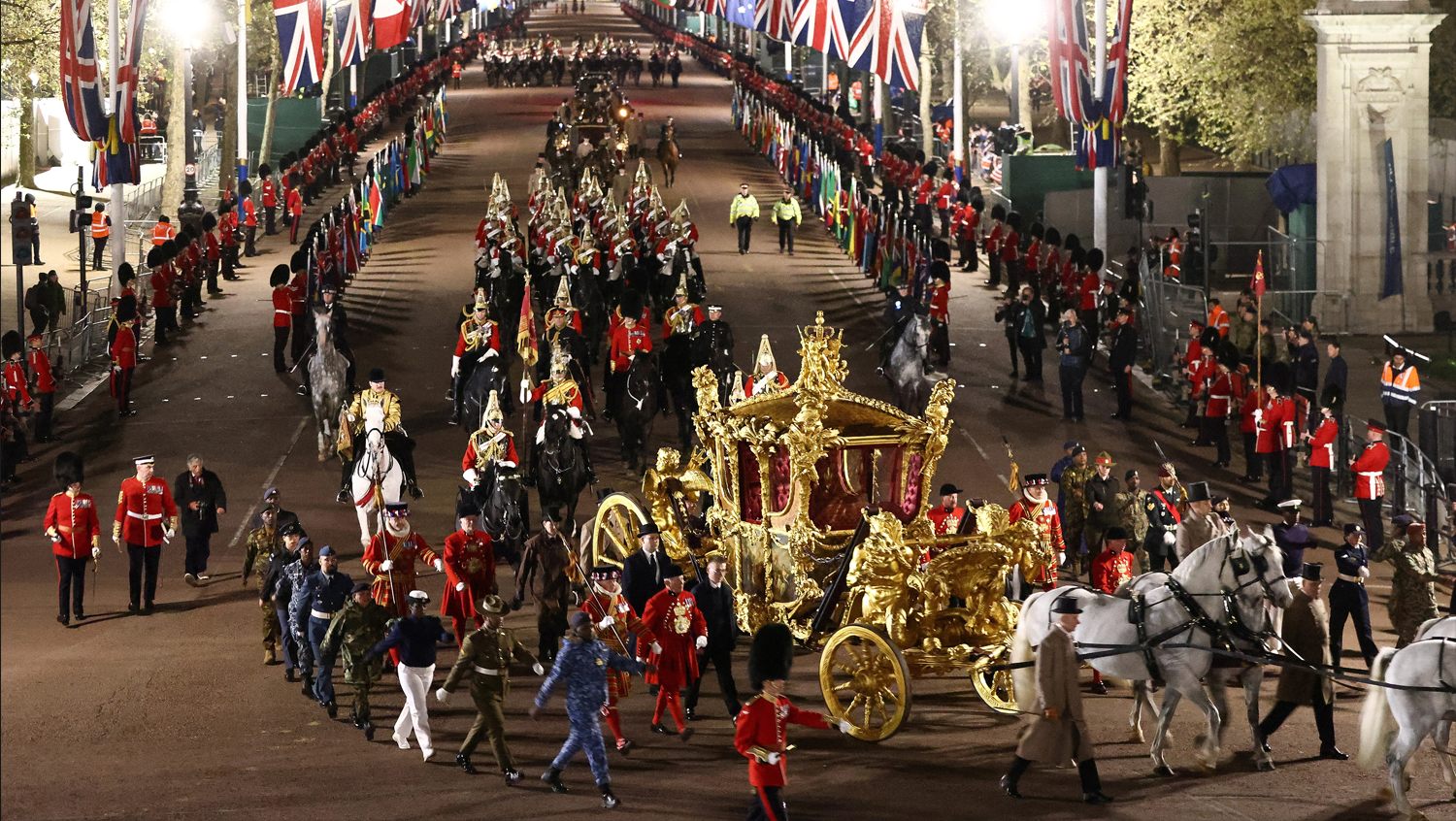The Unseen Benefits of Technology in Event Planning

Technology doesn’t always need to take centre stage at an event. Sometimes, it’s working quietly away in the background to help deliver a memorable experience that prioritises human connection and engagement.
This ‘invisible’ event technology, that isn’t always noticeable by attendees, is what helps us seamlessly deliver events with impact.
We caught up with our Creative Strategist, Malcolm Ché, to hear his thoughts on the matter.
What is invisible event technology?
According to Malcolm, invisible tech is the application of technology in a way that isn’t just innovation for innovation’s sake or tech for tech’s sake. It’s not trying to be cool just because there’s a new piece of technology on the scene. It’s a way of seamlessly integrating technology to improve elements such as ticketing, registrations, activations or how people engage with event content.
It’s one thing to have an augmented reality experience, but it’s another thing when the person, the attendee or the audience doesn’t actually have to think about getting involved with it. There’s no barrier to entry – it’s seamless.
“Invisible technology doesn’t shout, it doesn’t glare, it doesn’t celebrate itself… it serves a purpose and it lends itself to telling a story.
Types of event planning technology – examples
Technology is used at all stages of an event – from planning to post-delivery.
Some of the latest event technologies include;
- Event management technology – a diverse range of tools, platforms, and software solutions designed to streamline and enhance the entire process of planning, organising, and executing events. For example, event management software.
- Event registration technology – technologies to streamline the registration process, minimise manual efforts, and provide attendees with a seamless journey from sign-up to event participation.
- Event streaming technology – technologies to enable the seamless transmission of live content, allowing participants to engage with events in real-time from the comfort of their homes or offices.
- Hybrid event technology – allows event organisers to reach a broader audience, enhance engagement, and provide flexibility for participants who may attend either in person or remotely.
- Event apps – provide a digital platform to enhance engagement, communication, and overall attendee experiences. These mobile applications are designed to streamline various aspects of event participation, offering a convenient and interactive way for attendees to navigate, connect, and stay informed.
- Event data analytics tools – advanced tools and methodologies to collect, analyse, and derive actionable insights from the vast amount of data generated during the planning and execution of events.
- Event marketing tools – a range of tools and platforms designed to enhance the planning, execution, and measurement of marketing efforts for events. In an era where digital communication and engagement are paramount, these technologies play a crucial role in reaching and captivating target audiences.
How does invisible technology enhance events?
Invisible technology often comes across as being so simple that it’s not considered an innovation. But that’s when it’s really successful.
“From a television point of view, the best editing is the editing you don’t notice, and it’s the same for events. That’s what I strive for with technology; that you don’t notice it, it’s so obvious, it’s so simple. That’s the beauty of it.”
Here’s how invisible technology can help to deliver a successful event…
Better communication
Let’s say a client wants to focus on lead generation and attendance metrics and needs a way of gathering data, reaching audiences post-event and opening a line of communication.
You could launch a mobile app or set up clipboard surveys asking people to input their details. But that can be boring and laborious. Alternatively, you could design a QR code that automatically opens up a Whatsapp channel for immediate communication and offers visitors something in exchange for sharing their details.
For Malcolm, this is where storytelling, fair exchange and invisible technology merge really well. On the one hand, visitors have a channel through which to act, and on the other, the client has an opportunity for lead generation and communication with prospects after the event.
Heightened engagement
Incorporating interactive technologies like event apps, live polls, and gamification enhances attendee engagement, creating a more memorable experience.
However, it’s important to keep in mind that technology is there to enhance human experience at events, not eclipse it.
It’s often the invisible, behind-the-scenes tech that ensures an event goes smoothly. Let’s face it – it’s hard for audiences to stay fully engaged if the event flow is interrupted or if things start going wrong. Technology is not simply there to inspire, but also to facilitate human connection.
Seamless registration
Technology allows for easy and efficient online registration processes, reducing paperwork and making it convenient for event attendees to sign up.
In-depth insights and analytics
Technology provides tools for collecting and analysing data related to attendee preferences, behaviour, and engagement. This information can be used to make data-driven decisions, optimise future events, and tailor event experiences to meet audience needs.
Greater efficiency and cost-savings
Automating tasks through technology reduces the workload for organisers and minimises errors. This can be more cost-effective when it comes to saving time and resources.
Remote participation
Technology enables remote participation through live streaming, webinars, or virtual reality experiences. This not only expands the reach of events but also accommodates attendees who may be unable to attend physically.
Improved sustainability
There are a wide range of emerging green event technologies that are starting to pave the way for a more responsible events industry.
For example, online registration processes reduce the need for badge printing and other materials, leading to less paper waste and a more environmentally friendly approach to event planning.
Emerging event technology trends
One exciting new technology Malcolm is taking note of is micro LED transparent glass. This innovation allows event organisers to create an immersive experience without requiring visitors to use a VR or mixed reality headset. Making the technology (literally) invisible.
“It’s quite amazing – to create an immersive experience that looks like a window pane and means you can create textual and contextual overlay without asking somebody to put something over their head”
This is particularly useful at events that attract high profile visitors who don’t want to use a headset or hold out a phone for augmented reality components.
You may also like: Future events in the metaverse
How can AI and invisible technology come together?
“AI is going through a hype cycle at the moment. As with any hype cycle you are going to see a moment where it crashes and that crash will probably be around ethics and copyright and so on. What we will be left with is the functional, useful aspect of AI.”
For example, we staged an event where we had a group of panellists and keynotes presenting, while a real-time AI summary appeared on screens next to the stage. This allowed audiences to fully engage in the presentations without needing to take notes. They could simply take a snapshot afterwards that provided them with a valuable takeaway.
This demonstrates how Artificial Intelligence in events can be a useful, invisible tool that works in the background to make events more seamless and effortless for attendees.
How do you choose the right technology for your event?
The real question is; what story do you want to tell?
Technology is simply a tool that helps us tell captivating stories that speak to your audiences. We build blended experiences for humans first and foremost, delivering real-world assets with a digital layer to enhance engagement for all event attendees.
With expertise spanning end-to-end digital delivery across creative, strategic and technical projects, we create pioneering human experiences for live, hybrid and virtual events.
Learn more about our digital event services.
Get in touch to find out how, together, we can delivery an impactful event for you with the ‘invisible’ technology.
About Malcolm:
With 20+ years as a Creative Director and Technologist, I bridge the gap between creative and execution teams across diverse industries. My expertise includes broadcast TV, advertising, branding, live events, and emerging technologies such as algorithmic video production, Extended Reality, and the metaverse. Focused on placing people at the heart of experiences, I push creative storytelling boundaries to produce brand experiences that inspire audience action.



